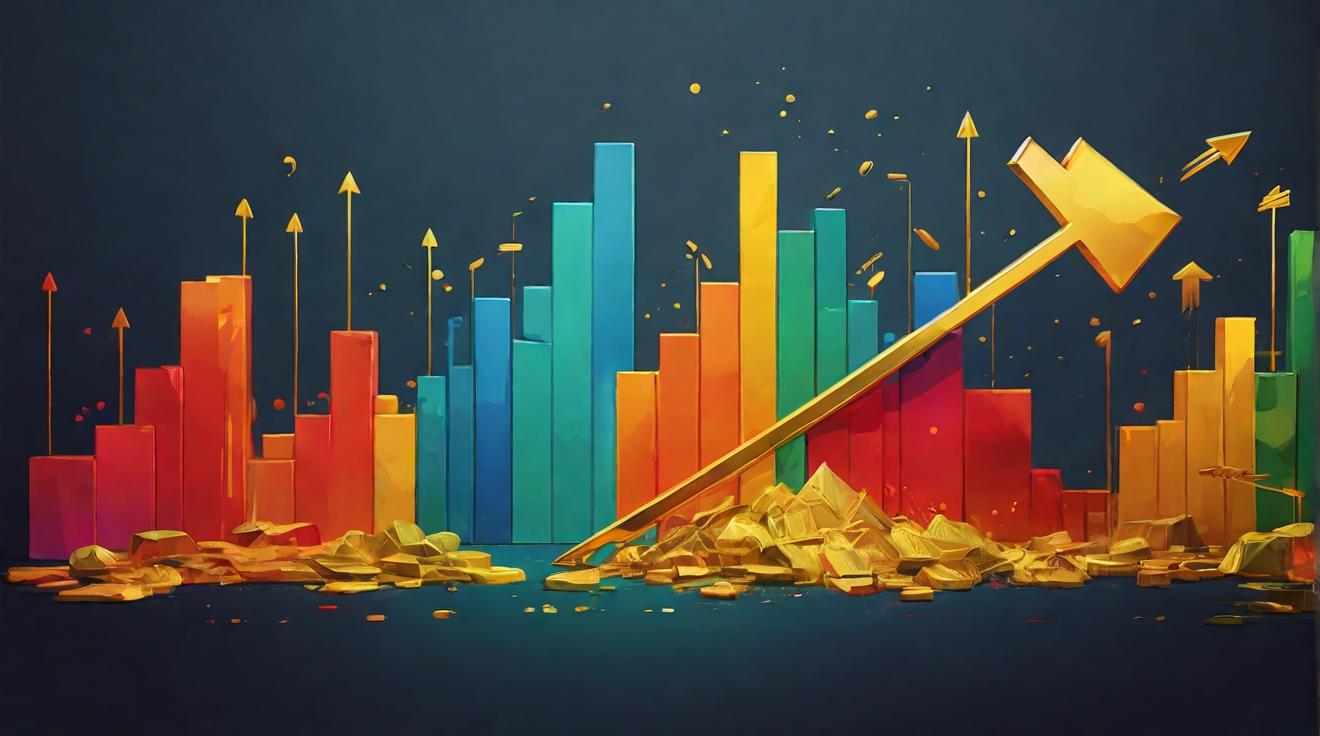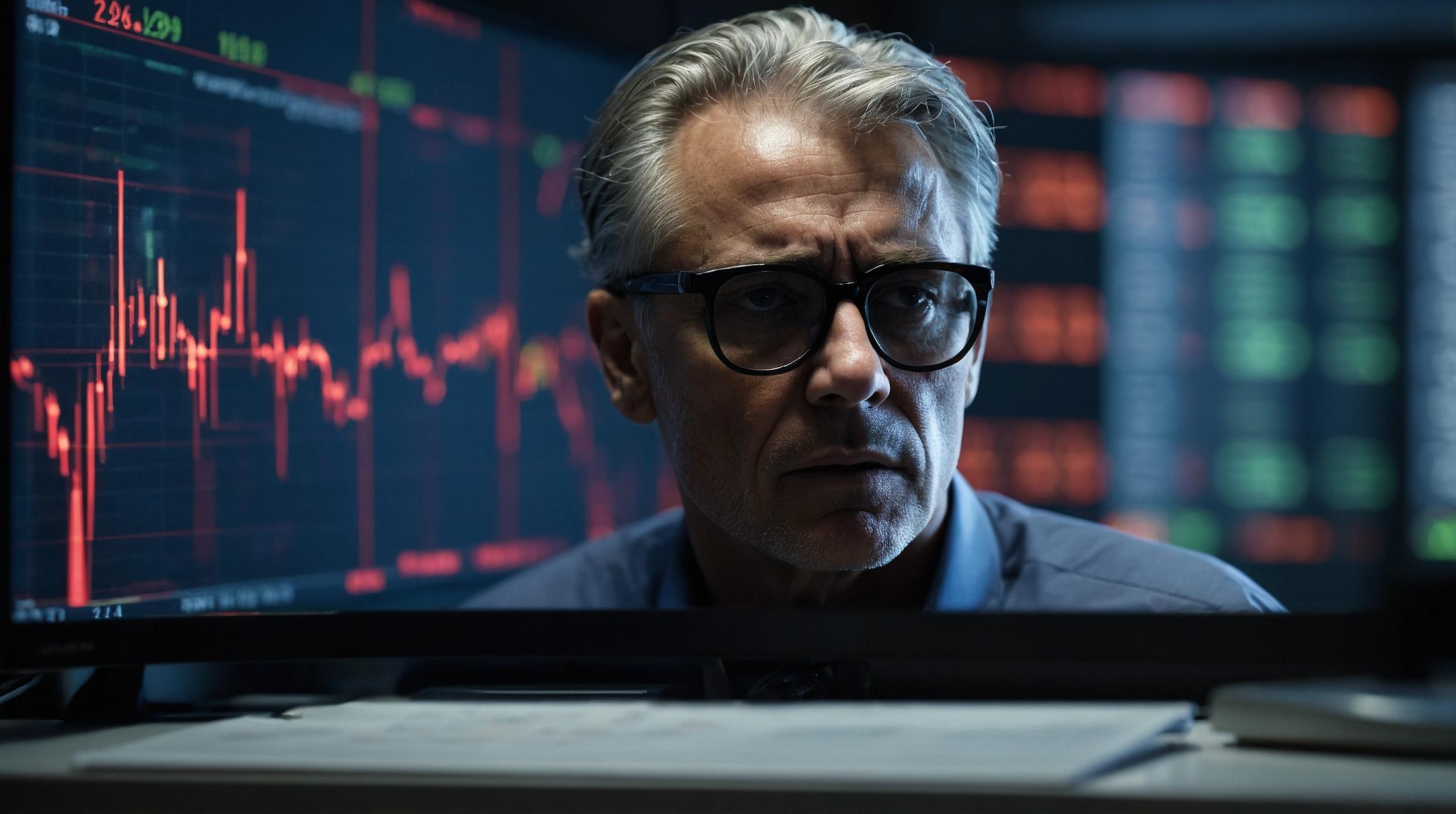The Growing Trend of Collectibles as Investments
Emil McKenzie, a British collector of trainers based in Dubai, has turned his passion for sneakers into a lucrative investment opportunity. McKenzie’s collection of high-end trainers, which now numbers around 40 pairs, has not only brought him personal enjoyment, but also significant financial returns. While he primarily buys trainers for personal use, he has found that selling certain popular brands can be highly profitable. However, McKenzie warns that just like any other asset class, there is no guarantee that the value of a pair of trainers will increase over time.
Investing in Collectibles: A Diverse Range of Opportunities
Investing in collectibles involves buying and holding valuable items such as art, antiques, coins, stamps, trading cards, sports memorabilia, vintage toys, comic books, and vinyl records. According to Vijay Valecha, chief investment officer at Century Financial, investors may choose to invest in collectibles for a variety of reasons, including the potential for high returns, portfolio diversification, protection against inflation, and a personal passion for a specific type of collectible. Valecha highlights that some high-value memorabilia includes original Star Wars items, vintage Disney merchandise, and rare Topps trading cards.
The Surging Market for Art and Collectibles
The market for art and collectibles has experienced significant growth in recent years, with the wealth associated with these assets estimated at $2.17 trillion in 2022. This figure is projected to reach $2.86 trillion by 2026, driven by the increasing number of wealthy individuals worldwide and their greater allocation of funds to art and collectibles. A report by Deloitte also reveals that the majority of stakeholders (89%) believe that art and collectibles should be part of wealth management services, with financial value surpassing social value as a key motivation among collectors.
Trainers as Valuable Collectibles: The Art of Sneaker Investments
Emil McKenzie emphasizes that trainers can appreciate in value, particularly if they are from collaborations with musicians or artists, or from popular streetwear brands. He points to sneakers such as the J Balvin and Bad Bunny collaborations or those from brands like Union LA, A Ma Maniere, or Off White as being particularly valuable. However, McKenzie also notes that it is difficult to predict whether a collector will make a positive return, and he suggests that the market for trainers as an asset class may not be as heated as it was in the past.
How Small Differences Can Make a Big Difference in Value
According to McKenzie, even the smallest difference in color or detail can result in one pair of trainers being significantly more expensive than another. This is because elements like a small badge, artist association, or unusual color combination can transform a sneaker from being ordinary to being highly sought after. However, McKenzie cautions that due to the lack of accurate data, it is difficult to assess the typical return on trainers as an asset class. He believes that apart from a few rare pieces or collaborations, the market for trainers may have cooled off in recent years due to rising living costs and inflation post-Covid.
Factors to Consider When Investing in Collectibles
Investors who are considering collectibles for their portfolio should be aware of several factors. According to Vijay Valecha, key considerations include the inherent value of the collectible, which can be subjective and dependent on unique features, rarity, or expert attributes. Other factors that contribute to a collectible’s value include its age, quality, condition, historical significance, and popularity among collectors. Additionally, factors such as the collectible’s theme, the investor’s budget, and storage space should also be taken into account. It is also important for collectors to store their items in a controlled environment, verify authenticity through research or expert consultation, and be cautious of counterfeit items.
Analyst comment
Positive news: The market for art and collectibles is experiencing significant growth, with estimates suggesting it will reach $2.86 trillion by 2026. Wealthy individuals are allocating more funds to these assets, and stakeholders believe art and collectibles should be part of wealth management services.
Neutral news: Trainers can appreciate in value, especially if they are from collaborations or popular streetwear brands. However, it is difficult to predict returns and the market for trainers as an asset class may have cooled off in recent years.
As an analyst, the market for collectibles, including art and trainers, is expected to continue growing due to increasing wealth and interest from investors. However, investors should carefully consider factors such as inherent value, rarity, condition, and authenticity when making collectible investments.













